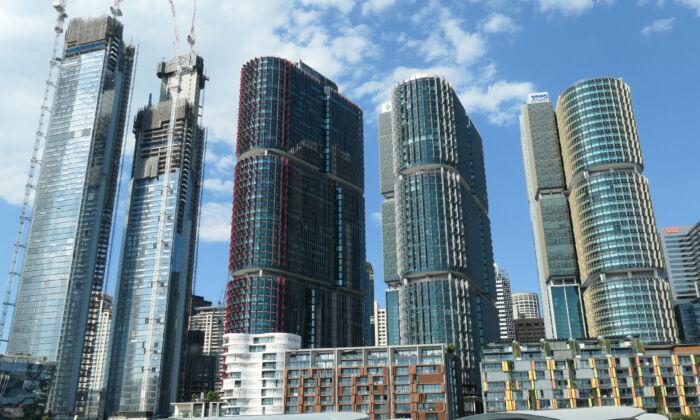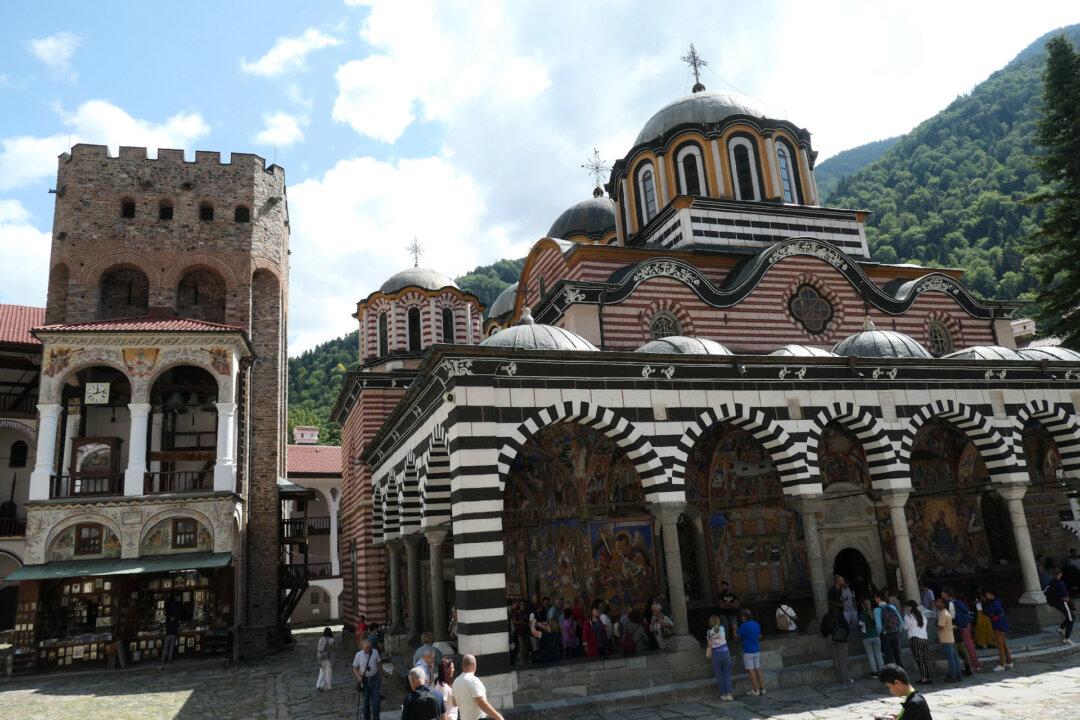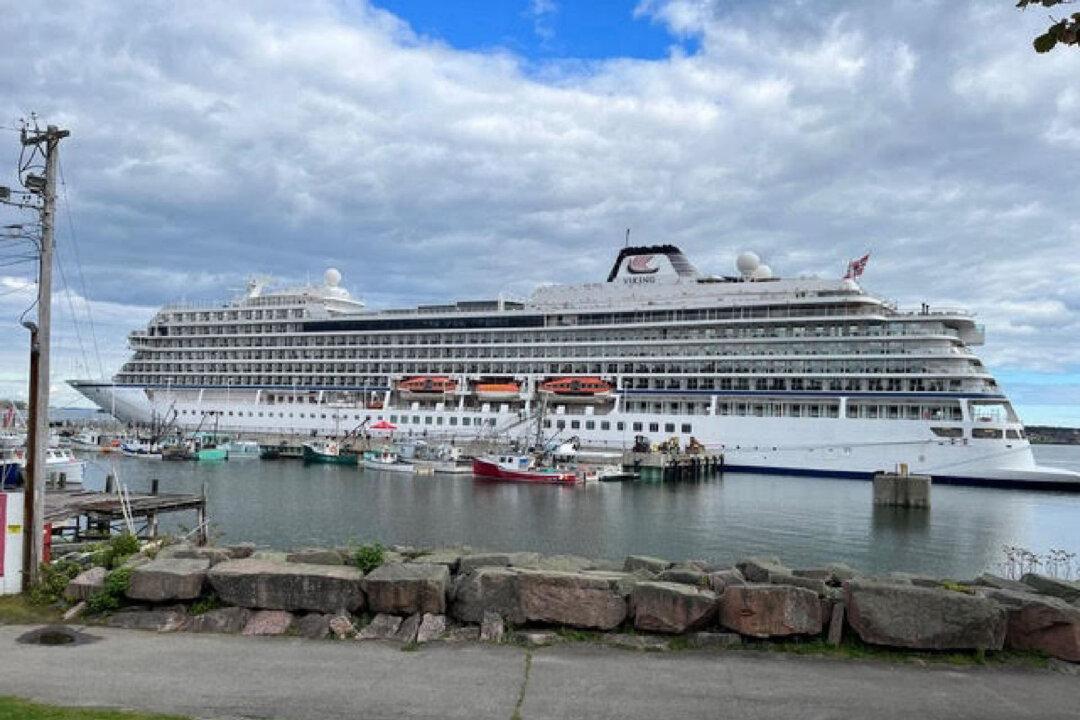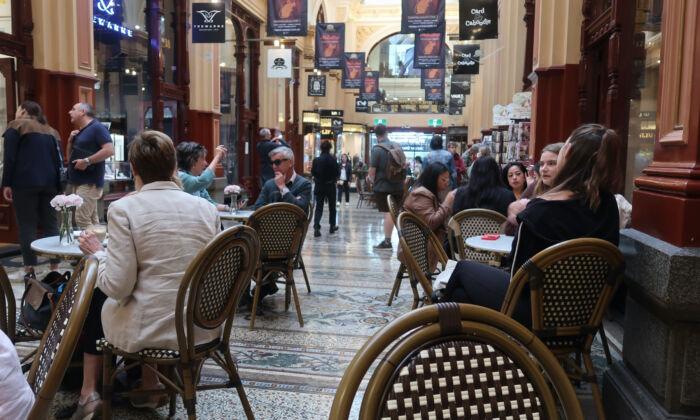Home to more than 26 million and increasingly popular with visitors who travel long distances to get there, Australia is the world’s smallest continent and sixth largest nation in area. Whether visitors have come to start or finish a cruise, are heading off to explore the Great Barrier Reef or look for encounters with unique flora and fauna, they‘ll also want to make time to explore Australia’s largest cities. They’ll find plenty of reasons to spend time and multiple types of experience.
Sydney, now home to some 6 million, was the arrival site in 1788 of a fleet of British convicts sentenced to “transportation.” While many were sentenced for crimes that included stealing loaves of bread, the punishment actually birthed a new option for people restarting their lives.
The Rocks, where those first ships docked, is today a trendy, lively area that combines restored historic structures, fascinating museums, and plenty of dining and drinking options. Adjacent to a deep-water harbor, it is less than a mile’s walk away from the Sydney Opera House, the iconic cultural complex that comes to mind when thinking about Australia.
World-class opera, theater, and symphonic music performances make a visit here a must. Ideally you should come at least twice: first for one of the many daily site tours and later for a live performance.
A 90-minute boat ride in the harbor is a wonderful experience, with tours departing regularly from harborside docks. En route you'll sail under the stunning 3,770-foot-long harbor bridge that links the Rocks area with the north shore. This bridge can also be crossed via a walkway alongside the road, as well as by scaling the arch itself. This can only be done via a special, very demanding, and expensive tour.
The boat tour also sails toward Darling Harbor, passing a vast panoply of crafts from sailboats to ferries and cruise ships. On a clear day this respite from walking is the perfect change of pace.
Sydney is also home to a huge number of intriguing dining options, particularly if you appreciate authentic Southeast Asian cuisine. One of the best is Mamak for Malaysian food.
Other Sydney highlights include world-famous famous Bondi Beach, Royal Botanic Gardens, the Queen Victoria Building that dates to 1898 and is home to some 190 retail outlets, and the Taronga Zoo, whose residents include koalas, kangaroos, emus, and Tasmanian devils.
Sydney is also a great spot to savor Australian Rules Football. Seemingly blending rugby, soccer, and American football, action is furiously continuous and requires extraordinary endurance. Your hotel concierge should be able to tell you when and where to go and if the season is on during your Sydney stay.
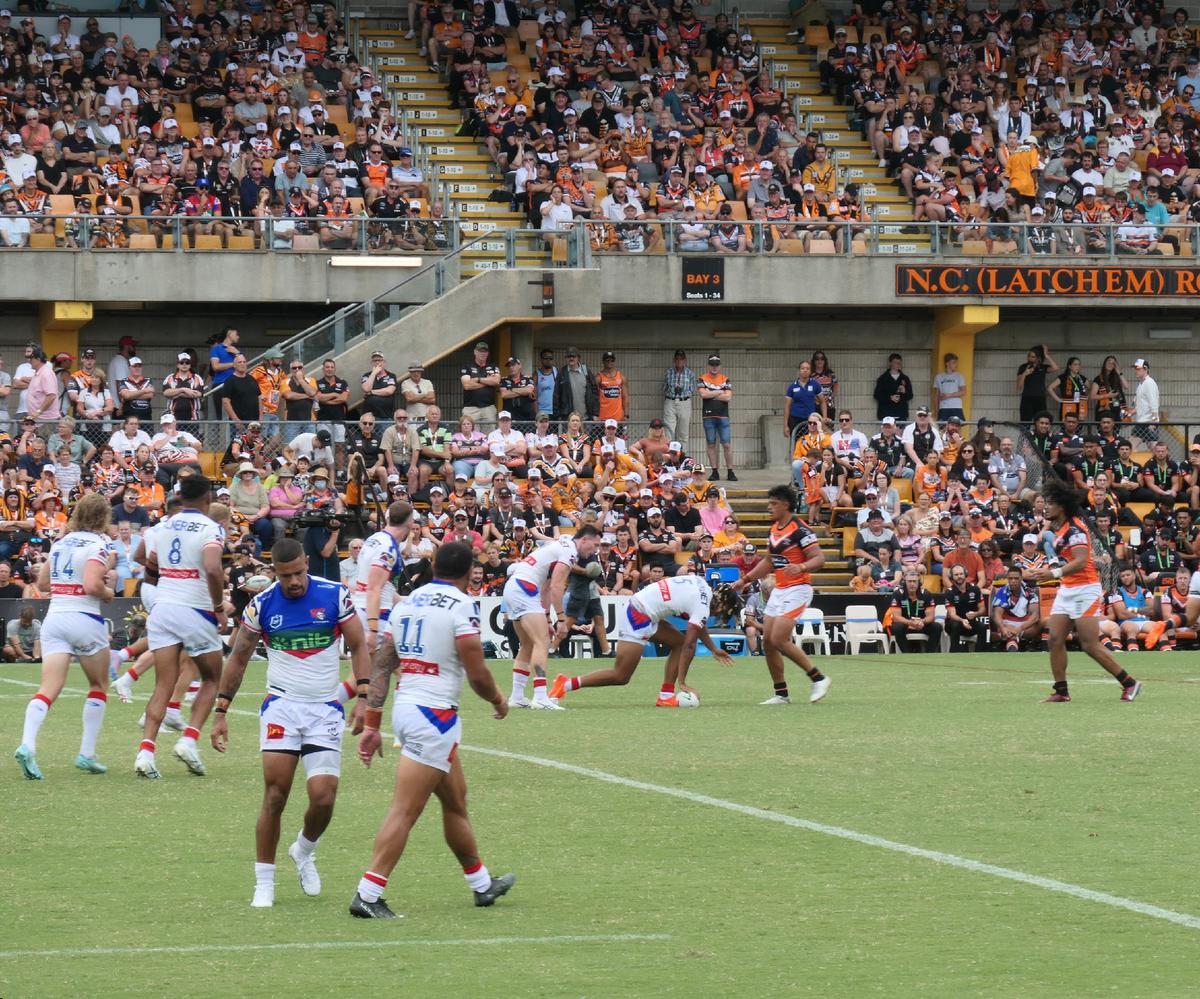
Melbourne, 640 miles to the southwest with 5.3 million residents, is an extraordinarily user-friendly city. Founded in 1835 on the Yarra River, it roared into prominence because of the vast wealth from the nearby 1850s-era gold rush. Today, while being great for easy strolling, Melbourne is also crisscrossed by surface rail, which in the central heart of the city is free to use. Fares are paid only for travel outside the core.
A walk along the Yarra River is a great way to see modern Melbourne, admire its extraordinary examples of modern architecture, and sample some of its lovely dining and drinking spots. When you cross over the river, you quickly come to the Arts Center Melbourne, home to a superb symphony, excellent theater, and the National Gallery of Victoria, which features Australian and indigenous art.
Throughout the older northern sector stand many elegant Victorian-era structures. Among the most appealing are the gorgeously preserved and restored shopping arcades, none better than the Royal Arcade and Block Arcade, Here one can shop, pause for a variety of meals or snacks, or just admire the artistic and architectural details that seem to be everywhere.
Other prime draws include the exterior of the Flinders Street railway station, wending through the vast Queen Victoria market, a walk through Hosier Lane—famous for its street art—and Parliament House and the Old Melbourne Gaol, where the infamous Ned Kelly was executed. Also fun to explore is Lygon Street, home to dozens of Italian eateries and the memorable Pakistani restaurant, Ziyka.
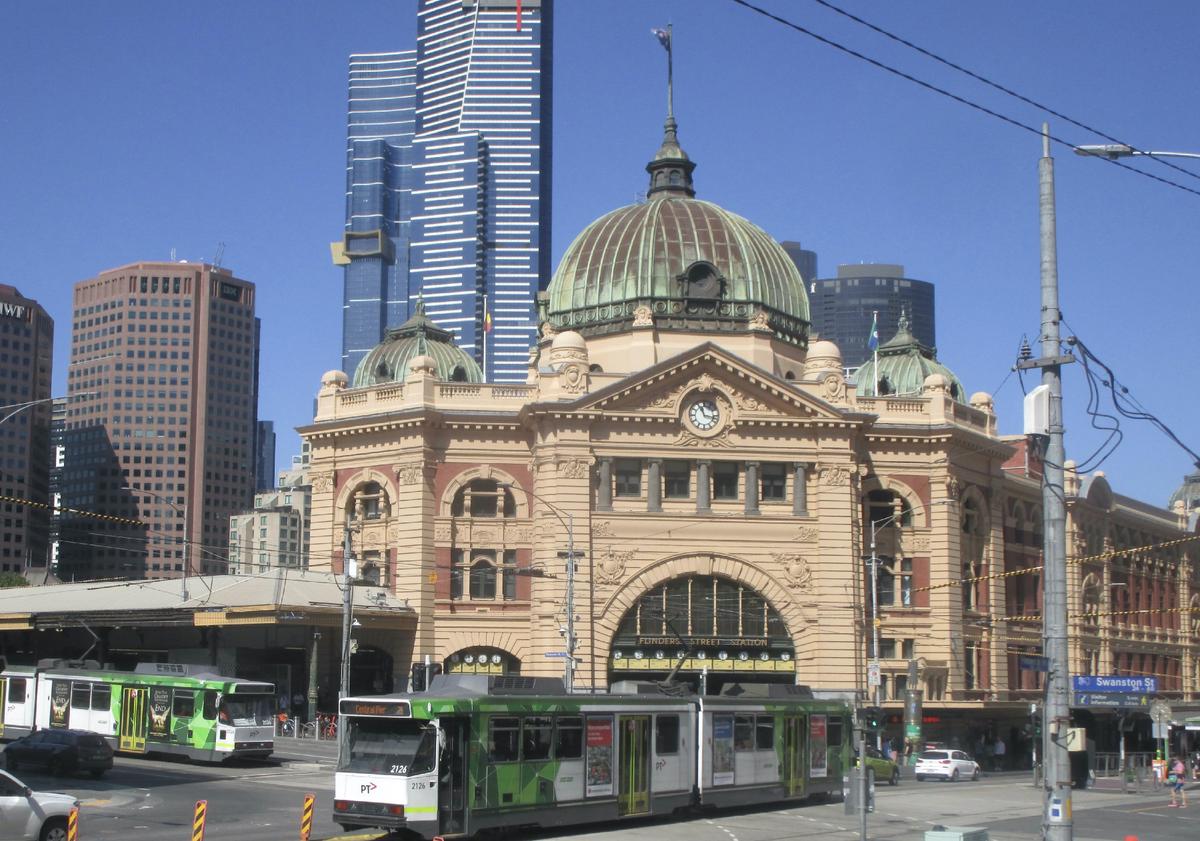
Plenty of options for sports fans include the world-famous Melbourne Cricket Ground. It has the largest seating capacity in the Southern Hemisphere and is a key site for cricket as well as Australian Football League matches.
In both Sydney and Melbourne credit cards have virtually replaced cash for every purchase. Whether buying a ubiquitous “tall white” coffee, using transit or making any kind of purchase, no minimum amounts are required to use one’s card.

